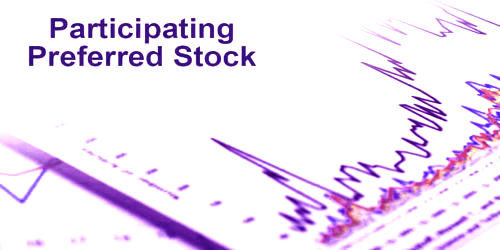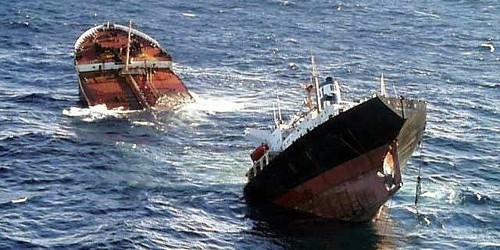Participating Preference Shares
Participating preference share is where the issuing company is entitled to pay an increased dividend to the owners, in addition to preference dividends at a fixed rate. It is a type of preferred stock that gives the holder the right to receive dividends equal to the customarily specified rate that preferred dividends are paid to preferred shareholders, as well as an additional dividend based on some predetermined condition. Such shareholders may also have the right to share the surplus asset of the company when it’s winding up. Participation right is linked with the quantum of dividends paid on the equity shares over and above a particular specified level.
They are those shares which are entitled in addition to preference dividend at a fixed rate, to participate in the balance of profits with equity shareholders after they get a fixed rate of dividend on their shares. It is a type of preferred stock that entitles the holder to receive its full initial investment, in addition to all accrued dividends, plus a prorated share of any net premiums that common stakeholders would receive from the liquidation of the company. These are the kind of shares where the fixed preference dividend carrying the right to participate in the surplus of profit, but after the dividend at the equal rates has been paid to all the equity shareholders.
Preferred stock that provides the holder with a specified dividend plus the right to additional earnings under specified conditions. Participating preferred stock is preferred shares that pay both preferred dividends plus an additional dividend to their shareholders. They are those shares where the right of certain preference shareholders to participate in profits after a specified fixed dividend contracted for is paid is given. They are those shares which are entitled in addition to preference dividend at a fixed rate, to participate in the balance of profits with equity shareholders after they get a fixed rate of dividend on their shares.
The benefits for investors to invest in participating preferred stocks take a little bit of additional risk to get a higher rate of return. In the case of the loss-making year, investors are entitled to the fixed rate of dividends. In the case of the profit-making year, these investors are entitled to additional dividends and participate in the profit of the company.
















